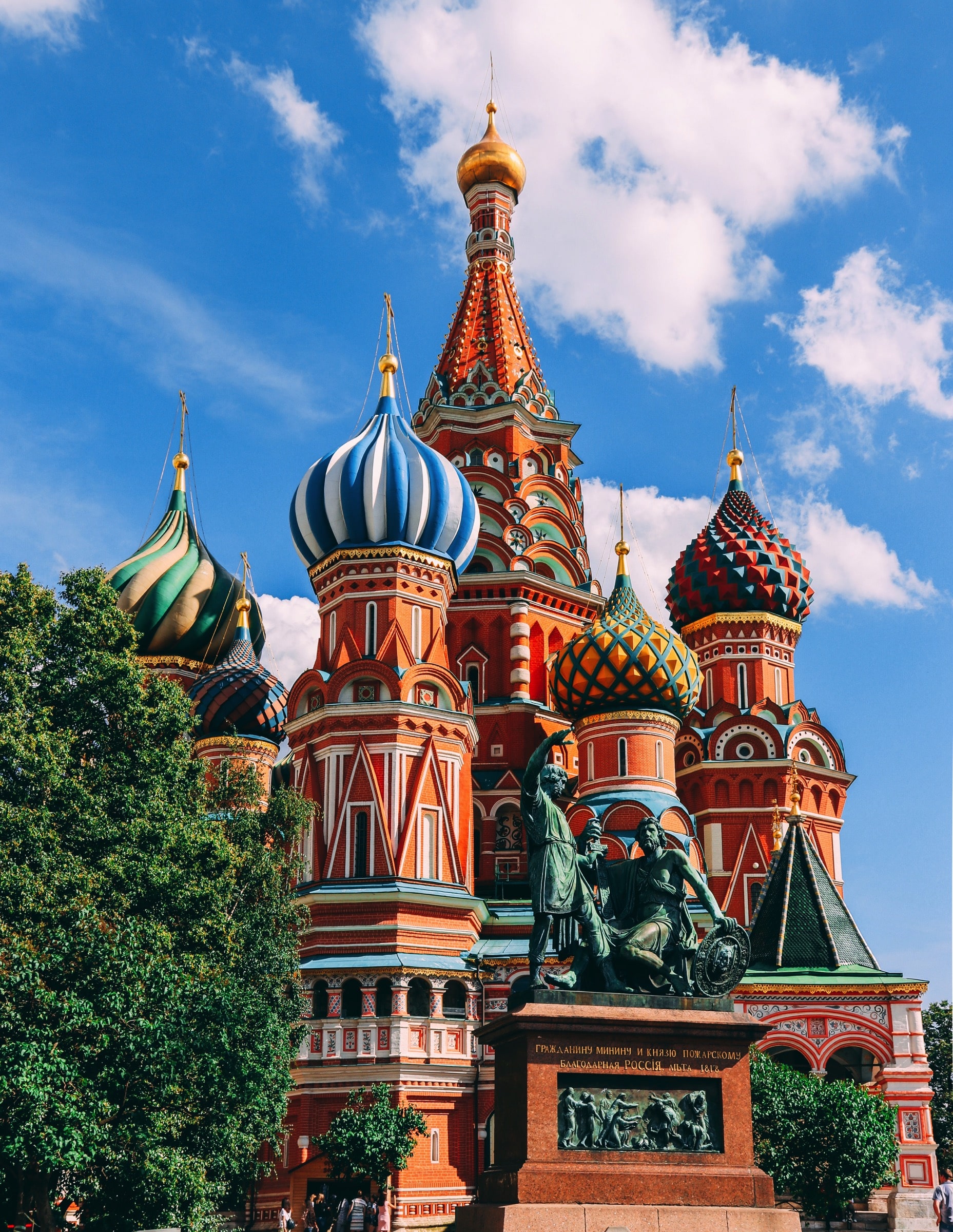In Moscow, Russia, there is the Museum of Decorative, Applied and Popular Arts. It has hundreds of documents retracing Russian textile history from the 17th to the 20th century under the most diverse aspects. Craftsmanship from various periods, from printed fabrics to traditional woven fabrics, from upholstery fabrics to confections for clothing, this Moscow museum offers us an extraordinary panorama.
The exhibition “La Russie en calico”, which took place from November 11, 2010 to March 27, 2011 in France, at the Museum of Printing on Fabrics in Mulhouse, was the result of the collaboration of several prestigious institutions: the Museum of decorative, applied and popular arts of Russia, the D.G. Burylin Regional Historical Museum in Ivanovo and the oldest Russian printing factory, the Trekhgornaia Manufactory. The latter, still in operation today, has been printing in Prohorov since the end of the 18th century.
With a view to illustrating the development of the Russian textile industry and the evolution of the ornamental vocabulary, the exhibition was oriented around two main themes: on the one hand, textile production from the 17th century and its historical evolution, and on the other hand, more specifically, the scarves and other prints produced in the 1920s and 1930s characteristic of the “agittki” propagandist aesthetic.

Printed fabrics from the 17th to the 20th century

As early as the 1750s, some Russian factories started printing on cotton and linen. This first phase remains intimately linked from a technical point of view to local printing traditions. But, quickly the production increases and important factories are born in Saint-Petersburg, in Moscow and in its region, as well as in the region of Vladimir with the city of Ivanovo, one of the largest Russian centers printing. The quality and lower cost of these fabrics immediately won over Russian customers and also aroused interest abroad, particularly in Asia. The Industrial Revolution will have a strong impact on the Russian textile industry, making it the fourth largest in the world, after England, France and Germany. The Russian production of printed fabrics, essentially intended for the domestic market, is distinguished by a particular aesthetic drawing from both the European and Asian decorative repertoire.
While the first printed canvases were generally monochrome and stripped down, floral motifs and plant ornaments largely dominated creation throughout the 19th century, elegantly adorning canvases and scarves. The printed woolen shawls from Pavlov Posad, a renowned industrial center since 1812, perfectly illustrate this enthusiasm for floral decorations.
Neckerchiefs illustrated with major historical episodes or with the effigy of illustrious characters, traditional peasant costumes and a number of objects testifying to regional know-how complete this historical panorama.
The Museum of Printing on Fabrics in Mulhouse brings together the largest collection of textile designs in the world (more than six million designs archived), a source of inspiration for more than a century and a half for researchers, designers and manufacturers coming from all over the world to consult them.